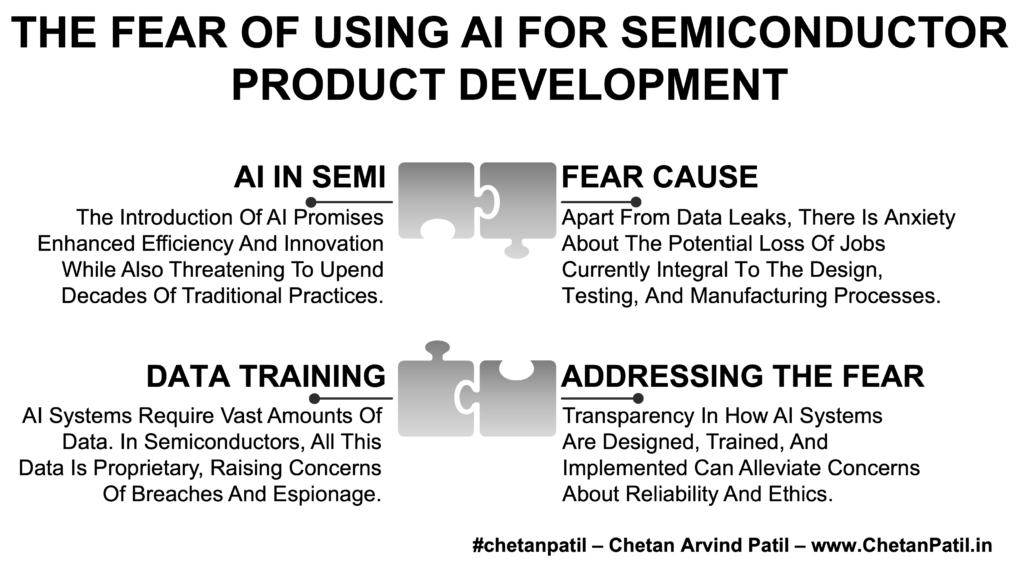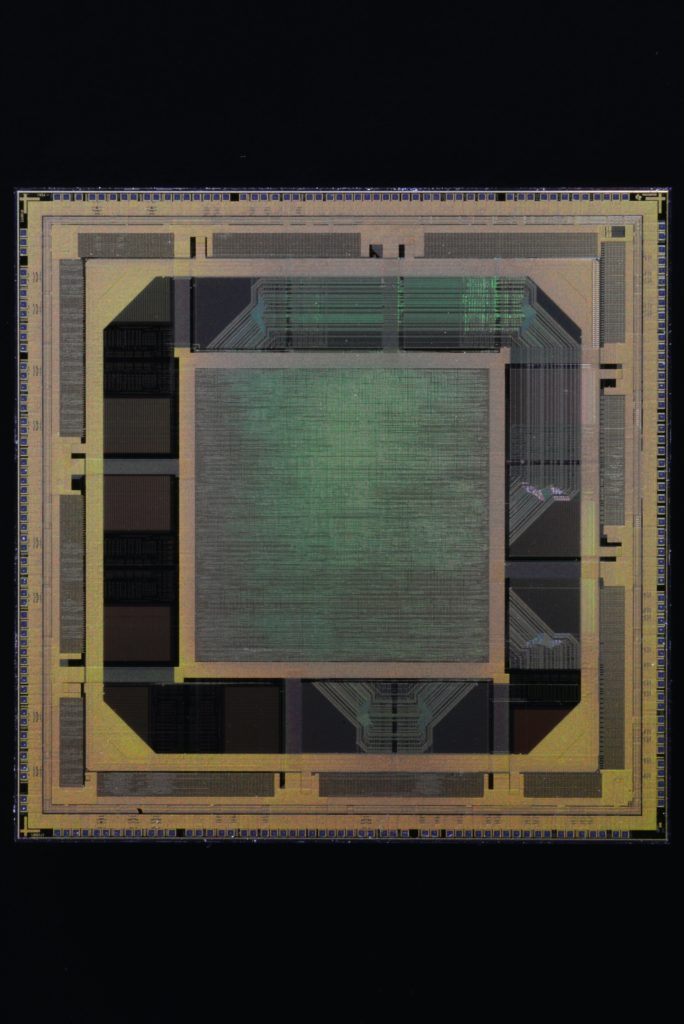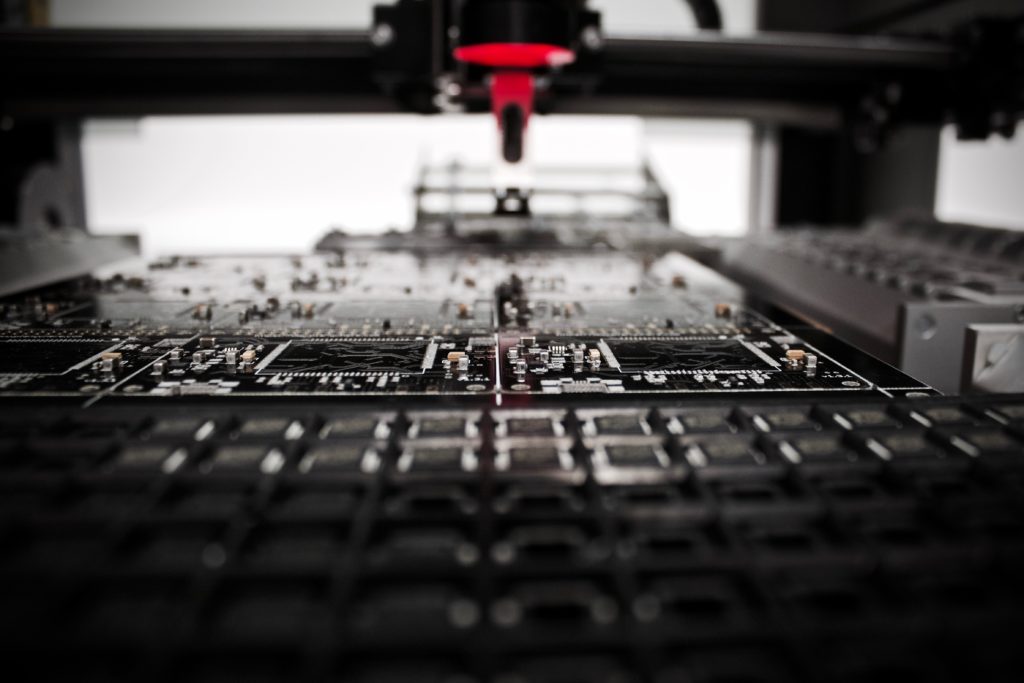Image Generated Using DALL-E
AI And Semiconductor
Integrating Artificial Intelligence (AI) into semiconductor product development is a burgeoning frontier, pushing the limits of what is possible in computation, data processing, and automation. One of the primary fears surrounding the use of AI in semiconductor development is the potential disruption of established processes. The semiconductor industry uses exact, controlled, and standardized manufacturing procedures.
While the introduction of AI promises enhanced efficiency and innovation, it threatens to upend decades of traditional practices. There is an underlying concern that AI’s learning curve and integration into existing workflows could lead to initial setbacks, inefficiencies, and unforeseen challenges.
Causes Of Fear
While introducing AI promises enhanced efficiency and innovation, it threatens to upend decades of traditional practices. There is an underlying concern that AI’s learning curve and integration into existing workflows could lead to initial setbacks, inefficiencies, and unforeseen challenges.
While AI can optimize and expedite specific tasks, there is also an anxiety about the potential loss of jobs currently integral to the design, testing, and manufacturing processes. Thus, the transition to more AI-driven operations necessitates a workforce skilled in new technologies, raising concerns about the readiness of current employees to adapt and the availability of training opportunities.

AI Leak In Semiconductor
AI systems require vast amounts of data to learn and make decisions. In semiconductor development, this data can include proprietary designs, manufacturing techniques, and other intellectual properties that are the backbone of competitive advantage.
Thus, there is a legitimate fear that integrating AI could expose these valuable assets to new risks, including data breaches, espionage, and unauthorized access. Ensuring the security and confidentiality of this information in an AI-enhanced development process poses significant challenges.
Addressing The Fear Of AI
Addressing these fears requires a multifaceted approach. Transparency in how AI systems are designed, trained, and implemented can alleviate concerns about reliability and ethics. Robust security protocols are essential to protect intellectual property and sensitive data.
In addition, regulatory frameworks and industry standards must keep pace with technological advancements, providing a safety net that reassures stakeholders about accountability and ethical considerations.
By addressing these (and many other not listed) concerns proactively, the semiconductor industry can harness AI’s potential to fuel unprecedented growth and innovation, paving the way for a future where AI and human ingenuity work in concert to push the boundaries of what is possible.


















